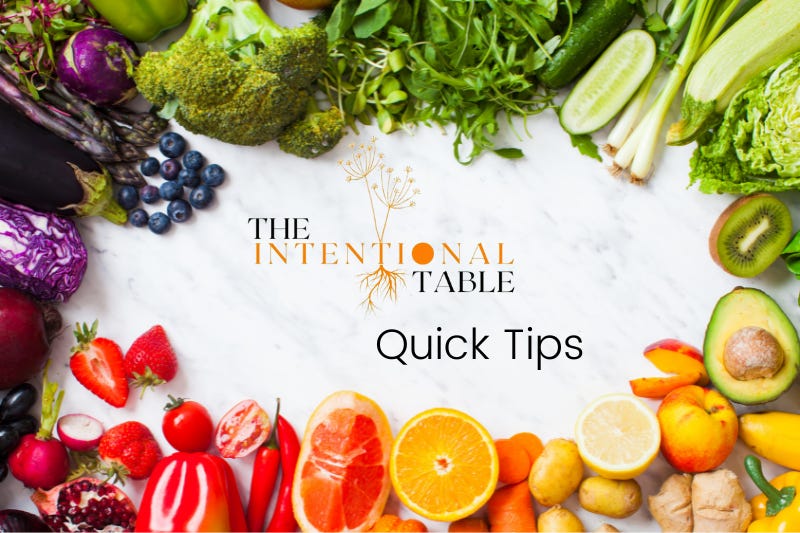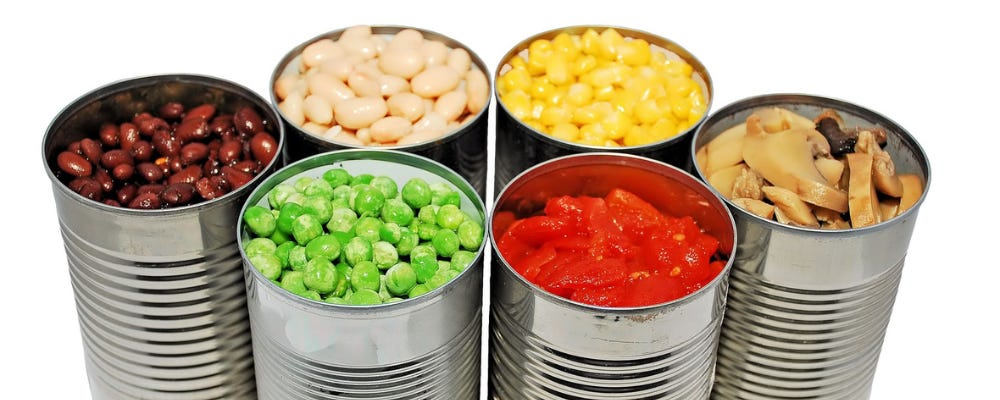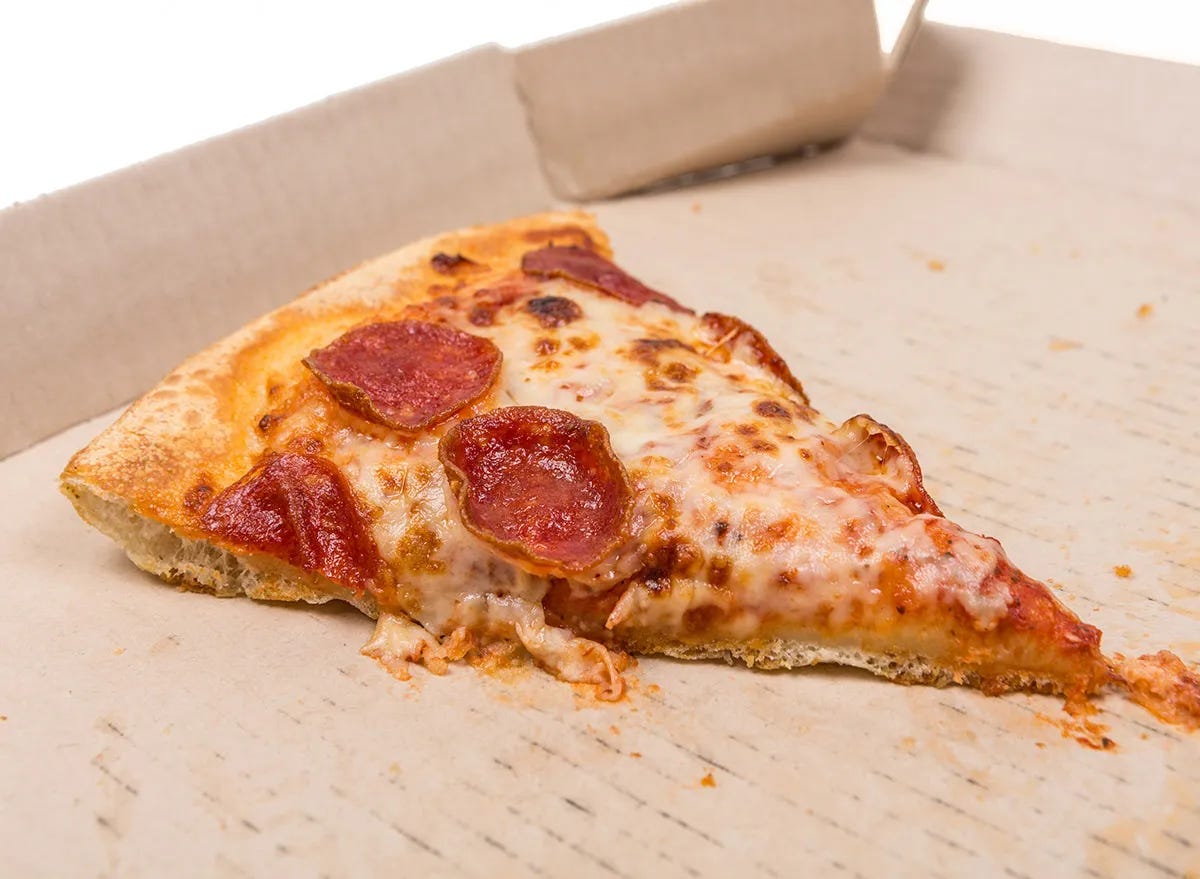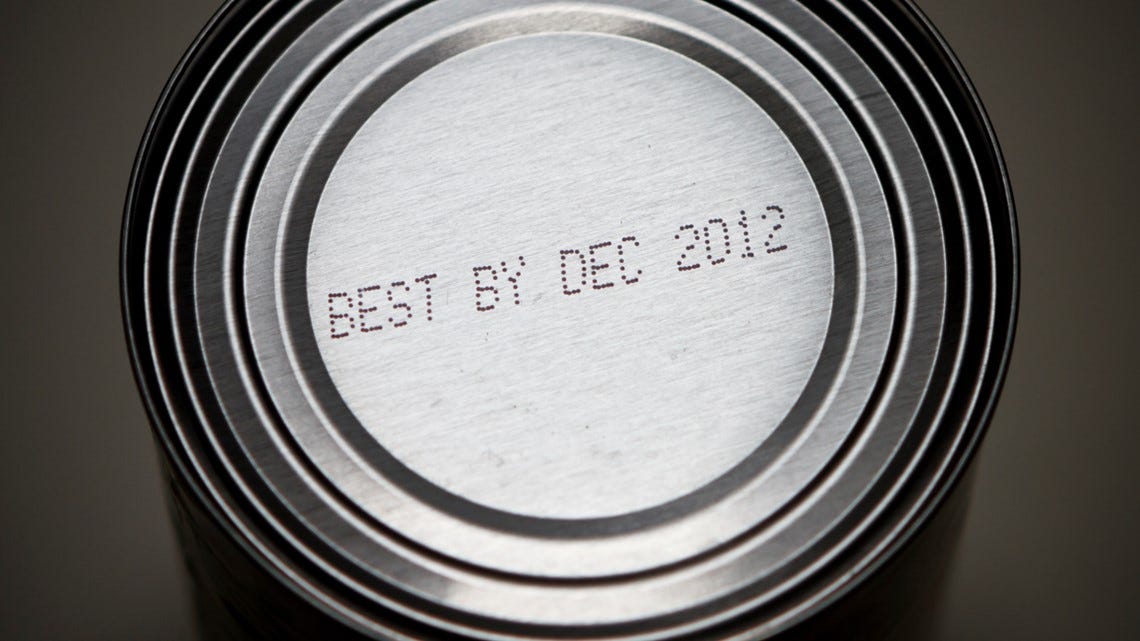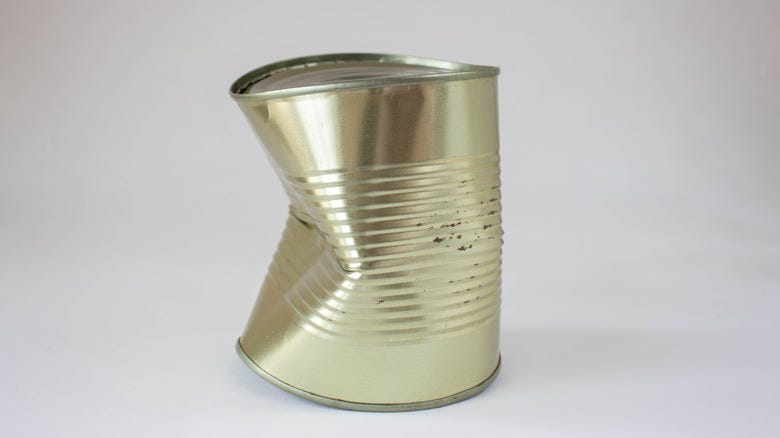 Gifts from the Sea on the Sonoma Coast
Gifts from the Sea on the Sonoma Coast
The Intentional Table
A Green Sea Anenome looking for a snack! In the culinary arts and herbal medicine worlds, sea vegetables have carved out a niche as versatile, nutrient-dense ingredients. Among the most celebrated are kombu and bladderwrack, two brown seaweed types stapled in traditional diets and remedies for centuries. 0715 @ Bodega Bay. = Heaven #IAMSOSPOILED because I live only 45 minutes from several beaches with an incredible abundance of seaweeds. I went yesterday and hand harvested about 20 pounds! The ones I love the most are Kombu, Bladderwrack, Nori, Sister Sarah, and Feather Boa. Yesterday,...
info_outline Arugula... it's a vegetable... right?
Arugula... it's a vegetable... right?
The Intentional Table
Arulgula…. it’s a vegetable! Click the Image above to hear it! Arugula Examining the Health Benefits and Nutrition of this Powerhouse Leafy Green Arugula was a valued green in ancient Rome, where it was celebrated in poetry and prose for its effects on mind and body. Unfortunately, it’s far less popular today than its cousins spinach and kale, even though arugula may be the healthiest green of all. In this article, we’ll look at the evidence for arugula’s health benefits and see if those ancient Romans were right to celebrate it. I know I shouldn’t do this because of...
info_outline Auto Immune Release Series Part 2
Auto Immune Release Series Part 2
The Intentional Table
Apple Blossoms @ Musea. Showy! Well, here it is, our second week of thoughts and inspirations about Auto-Immune conditions, how we all have a little of it going all the time, and what we can do about it. Spoiler alert: I am going to write about a plant-based diet this time. My hamburger loving self cringes. But remember that I said last time everything in moderation? Here is a good time to take a breath and remember that you do not have to go cold turkey on the turkey! Increase your intake of rainbow-colored fruits and vegetables. Consume more colorful fruits and vegetables to get as much...
info_outline Auto Immune Release Series Part 1
Auto Immune Release Series Part 1
The Intentional Table
Apricots Anyone? @ Musea What is an autoimmune disease? Why are we speaking about this, at length at the Intentional Table? Great questions! Let’s do this in reverse order. The why of this is life. We all know we are alive, as the machines that go ‘ping’ tell us when we are strapped in. But we also understand that there is way more to it than that. We are sometimes led to think that we are simply biological machines and that, like getting the oil in your car changed, you can go to the doctor if you live your life poorly, and they will ‘fix’ you. Then, out the door and on your...
info_outline Intentional Wellness from Musette
Intentional Wellness from Musette
The Intentional Table
Greetings all, How wonderful it is to speak to you through this simple platform. I wish we could all sit around the Intentional Table itself (mine or yours) and drink in the feeling of togetherness, which is the ‘why’ in the ‘what’ around here. I would like you to have a gift. It’s a preview of a book I am writing about Nutritional Wellness. It’s not a b…
info_outline I Taste, Therefore I Am...
I Taste, Therefore I Am...
The Intentional Table
At the Intentional Table, we taste. Do we ever! Every person who learns to eat, cook, or serve should also learn how to taste. Sounds easy, right? Not so fast, my dearest. Taste is an objective and a subjective thing! It’s objective because every person that is a person (despite a few unfortunate outliers) has taste buds built into the design. However, just because you have the hardware doesn't mean you have the software. If you do have the software, then you have an appreciation of fundamentals when it comes to how your organ of perception, which is your mouth, your tongue, your nose,...
info_outline Biodynamics Basics
Biodynamics Basics
The Intentional Table
Hello, my intrepid Intentional Table guests! Today, with our afternoon wine, will be the topic that is near and dear to our hearts here. Biodynamics. What is it, you may ask? Why is it important to this table, Musea, and our lives? All good questions. Read on, and if you want the DEEP DIVE EXTRA CREDIT, it’s at the bottom.⬇︎ There are two polar views of scientific reality when it comes to the consideration of the active practice of biodynamics. One is the left-brain approach, represented by the Newtonian Analytical view that has dominated science for the last two centuries. Newton...
info_outline February 4 is World Cancer Awareness Day
February 4 is World Cancer Awareness Day
The Intentional Table
Take a look at this team. They are really on it. Click the image for link. You may ask yourself, now, why would he say that? It certainly could apply to any human, anywhere. There are 340 activities around the world for Cancer Day. So, it must be happening, you know, out there somewhere. Hubris leads to nemesis. Cancer, hunger, war, disease, and crime all happen. It must happen because it’s all over the news. It’s hard to connect with anything like this while you read it on the device in your hand while it charges at Starbucks as you sip your mocha. Our children have never seen it. Our...
info_outline The Agony and The Ecstasy of the Table
The Agony and The Ecstasy of the Table
The Intentional Table
I thought I would take a few minutes to see if you would like to travel with me back in time to revisit exactly what the intentional table is and how it's considered here in our little conversation and in real life. If you asked me to cook for you, I would be delighted. That's all there is to it. I wouldn't question what our budget was, what the logistics were, or really what it was that you wanted to eat when you're with whom. All those things are in a particular way beside the point. What this means is that you're asking me to create with intention, something for you that actually serves...
info_outline Only the wounded eye can see
Only the wounded eye can see
The Intentional Table
I came up with this phrase while meditating yesterday. It was inspired by something my dear friend Andrew Johnstone told me recently. At the Intentional Table, we find ourselves circling back to an important theme with a recurring and increasing frequency: Gratitude. It's an incredibly overused, misused, and, I think, sometimes misleading term. Oxford says, “the quality of being thankful; readiness to show appreciation for and to return kindness.” In the latter part of that sentence is the key, which is ‘returning.’ There is an idea that we commonly refer to in Intentional...
info_outlineYes, well, it’s not exactly Wednesday. It happens. Never too late for a quick tip, however.
Today’s quick tip is about canned food. I think it's at some point everyone has come across that rogue can of pork and beans at the back of the cabinet that expired a couple of years ago. The question comes across your mind: is this still safe to eat? Could this still be good? When I was a young cook, just out of the military, I would not think twice… eat that! Of course, I would also eat pizza left in the back seat of the car for a couple of days and think when I found it, “sweet!” Down the hatch. Bulletproof belly.
I remember my mother talking to me about this when we would talk about mostly dairy products since I grew up on a dairy farm at that time, and of course, not unlike now, food was very precious and hard to come by, and we considered anything purchased at a store very expensive. My mother was actually the first one to point out to me that it says ‘best before’ or ‘best by,’ not do not eat after or throw away after as a date stamp. There's also a principle that was advanced by a famous theorist named Buckminster Fuller. That concept was "enforced scarcity”. This means that the people who sell food in cans have a definite interest in selling you as many cans of food as possible. This, of course, is the way commerce works. Ship more units, make more money, shareholders are happy, and everyone stays employed. Enforced scarcity means that our beautiful world, in fact, has enough food for everyone, but as we know, there's just no money in that so the profit motive is what's driving this scarcity model. That could be a whole long research paper all bad self, but suffice it to say that you should believe your own judgment and senses and have the facts before you decide whether to buy anything, eat anything, retain anything, all of it!
So let's dig into this mystery of the best before date…
The ‘best by’ date printed on canned foods is not a hard and fast expiration date. It refers strictly to the manufacturer’s recommendation for quality, not safety concerns. In theory, as long as cans are in good shape and have been stored out of the right conditions, such as in a dry place between 40 and 70°, the contents should remain safe to use nearly indefinitely. (Nearly means within reason!)
That said, natural chemicals in foods continually react with the metal in the can, and over time, canned foods, taste, texture, and nutritional value will gradually decrease. The question is when manufacturers have an incentive to cite a ‘best by’ date that is a conservative estimate of when the food may lose quality, but it's possible that some canned foods will last for decades without any dip and taste or in a study, conducted by the National Food Processors Association, and cited in FDA Consumer Magazine, even 100-year-old canned food was found to be remarkably well preserved with a drop in some nutrients, but not others. I am not eating pork and beans that Van de Camp himself put in the can; thanks!
Dates aside, cans with a compromised seal, punctured, rusted through, or deeply dented along any seam should never be used and discarded immediately. These are warning signs of the presence of the rare but dangerous botulism bacteria
Thanks for reading!

